Pool lights can add a lot of fun and excitement to your swimming pool, but they also need regular maintenance to keep them running properly. One part of pool light maintenance that is often overlooked is testing the transformer.
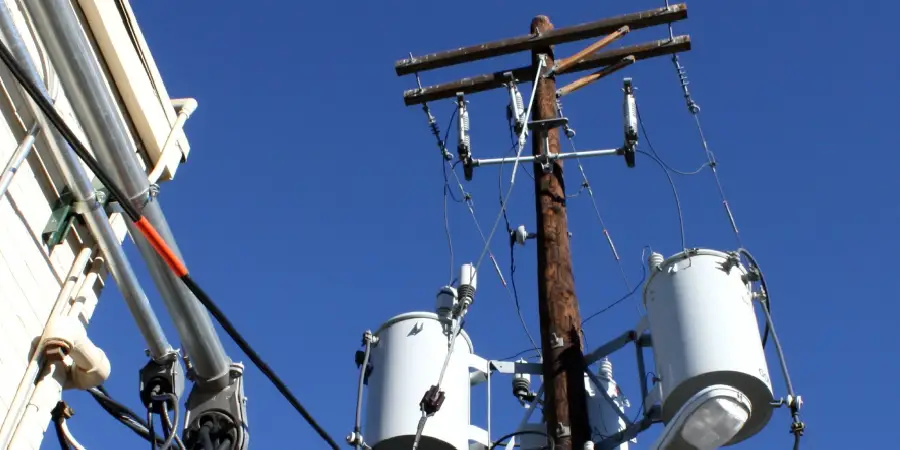
Thankfully, it’s an easy process that only takes a few minutes. In this post, we’ll walk you through how to do it. Keep reading for more information about how to test a pool light transformer.
Summary: Testing a pool light transformer is essential to ensure that it is functioning correctly and safely providing power to your pool’s lighting system. A malfunctioning transformer can cause the lights to flicker, dim, or not work at all. To test a pool light transformer, you will need a multimeter, which is an electrical testing device that measures voltage, resistance, and current. Always exercise caution and follow safety procedures when working with electrical components.
Before testing the pool light transformer, ensure that the power to the transformer is turned off to prevent potential hazards. Locate the transformer, typically housed in a separate enclosure near the pool equipment or mounted on a wall. Once the power is off, remove the cover or access panel to expose the transformer’s wiring connections.
Set the multimeter to the appropriate AC voltage setting (usually around 120V or 240V, depending on your transformer’s input voltage). Place the multimeter’s probes on the input terminals of the transformer, with the black probe on the neutral terminal and the red probe on the hot terminal. The multimeter should display a voltage reading close to the transformer’s rated input voltage. If the input voltage is correct, move on to testing the output voltage.
Attach the multimeter probes to the output terminals, with the black probe on the common terminal and the red probe on the 12V terminal. The multimeter should display a voltage reading close to the transformer’s rated output voltage (usually 12V for pool lights). If the output voltage is significantly lower than the rated voltage or there is no voltage reading, the transformer may be faulty and require replacement. Consult a licensed electrician or pool professional for assistance with replacing a pool light transformer.
What Is a Pool Light Transformer?
A pool light transformer is a device used to change the voltage of an alternating current (AC) from one level to another. It is a type of electrical transformer specifically designed for use with pool lights. Pool lights usually operate on 120-volt AC power, but the transformer can step this down to 12 volts or 24 volts AC, depending on the particular model.
This lower voltage is then used to power the pool light. Pool light transformers are typically located outside the pool, near the main breaker panel. They are weather-resistant and can be either hard-wired or connected to a plug-and-socket outlet.
Why It’s Important to Test a Pool Light Transformer?
A pool light transformer is a device that helps regulate the flow of electricity to your pool light. It’s an important piece of equipment because it helps keep your pool light from being at risk of electrical shock or fire.
It’s important to test your transformer regularly to ensure it’s properly regulating electricity to your pool light and to identify potential problems before they cause damage or pose a safety hazard.
As a result, testing your pool light transformer is an essential part of maintaining your pool’s lighting system.
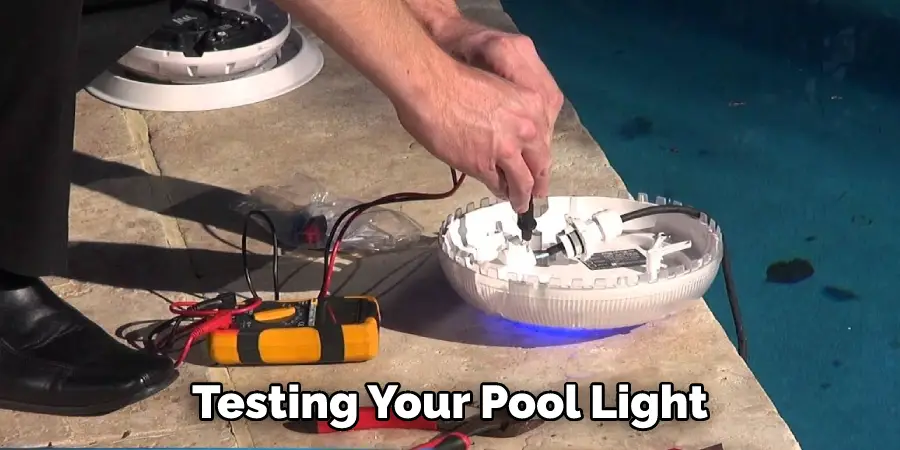
How to Test a Pool Light Transformer Step by Step Guide
Step 1: Turn Off the Power
Before you do anything, be sure to check that there is no power running through the transformer. The last thing you want is to get electrocuted while testing the transformer. To do this, simply find the breaker box and flip the switch that controls the power to the pool lights.
Step 2: Locate the Transformer
Once the power is off, you can begin to locate the transformer. It is typically located near the pool, where the light fixture is installed. Once you have found it, you will need to identify the primary and secondary wires. The primary wire is the one that comes from the main circuit breaker, and the second wire goes to the light fixture.
Step 3: Test for Power
A multimeter can be used to test if there is power on the primary side of the transformer. If there is power, the multimeter will register a voltage. If there is no power, this may indicate that the breaker is not turned on or there is a problem with the wiring.
Step 4: Test the Secondary Side
Once you have confirmed that there is power on the primary side, you can test for power on the secondary side. This is done by touching the multimeter leads to the secondary wires on the transformer.
If there is power present, the multimeter will show a reading in the range of 10-15 volts. If there is no power on the secondary side, the transformer is defective and needs to be replaced.
It is important to test both the primary and secondary sides of the transformer to ensure that it is functioning properly. If there is power on the primary side but no power on the secondary side, this indicates that the transformer is not working properly and needs to be replaced.
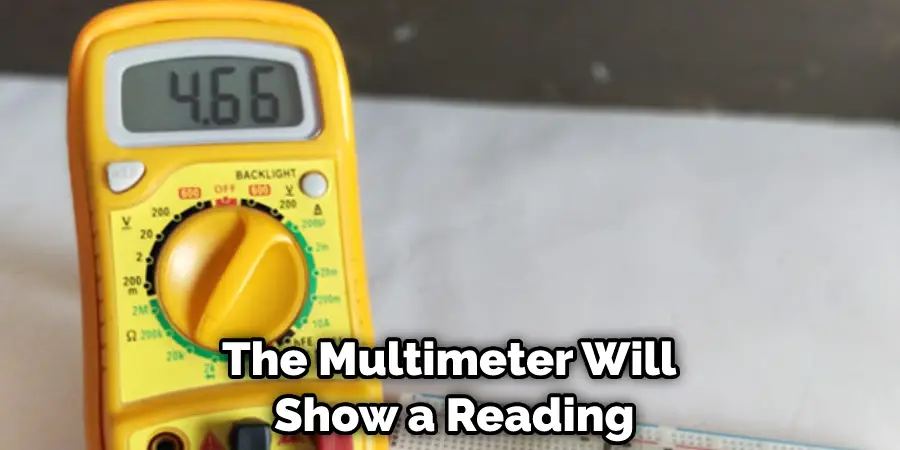
Step 5: Check the Connections
After you have verified that the power is on both the primary and secondary sides of the transformer, you will want to check the connections to ensure they are tight and not loose. If the connections are loose, this can cause problems with the transformer and it may not work properly.
To check the connections, simply unscrew the wire nuts that hold the wires together and then screw them again. Make sure that the wires are snug and not loose. If they are loose, then the wire nuts will not fit tightly. If you still cannot find the problem, then there is a problem with the outlets. In this case, you will need to hire an electrician to come and inspect the outlets.
Step 6: Replace the Transformer
If you have confirmed that the transformer is receiving power but is not working properly, you will need to replace it. Simply disconnect the wires from the old transformer and attach them to the new transformer. Once the wires are attached, you can screw the new transformer into place and turn on the power.
Step 7: Test the New Transformer
Once the new transformer is installed, you will want to test it to make sure it is working properly. To do this, simply follow the same steps to test the old transformer. If the new transformer is working properly, you should see a reading on the multimeter of 10-15 volts.
Now, you know how to test a pool light transformer. By following these simple steps, you can easily determine if the transformer is working properly or needs to be replaced. Be sure always to follow safety precautions when working with electricity. If you are ever unsure of what to do, consult a professional.
How Do I Test My Pool Light with A Multimeter?
If your pool light is not working, you can use a multimeter to test it and find the problem. First, disconnect the power to the light. Then remove the light from the pool and unscrew the faceplate. Next, gently pull the wires out of the housing, taking note of which wire is which. Once the wires are exposed, you will need to use your multimeter to test for continuity.
To do this, touch one lead of the multimeter to one of the exposed wires and touch the other lead to the metal housing. If there is continuity, the light is working, and you need to replace the faceplate. If there is no continuity, the light bulb needs to be replaced.
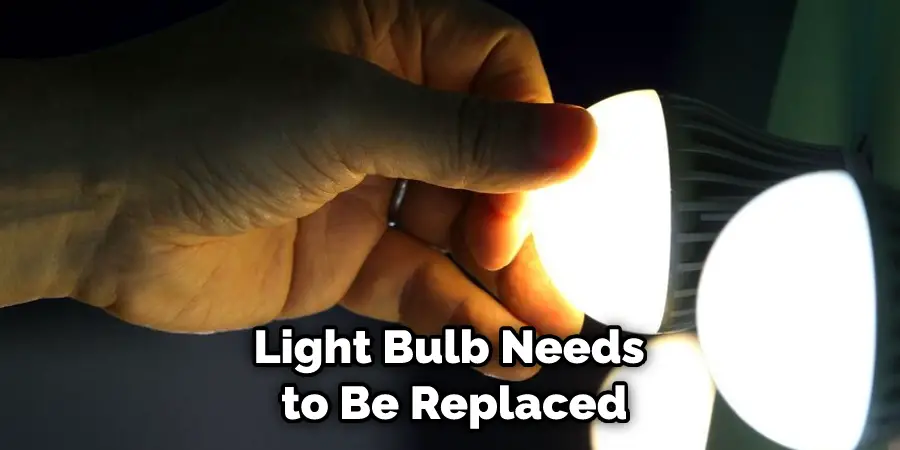
What Causes Pool Lights to Stop Working?
When you own a pool, one of the most frustrating things is when the lights stop working. It makes it difficult to see the pool at night, but it can also be a sign that there is a more serious problem with the electrical system. So what are some of the most common causes of pool light failure?
One of the most common problems is a faulty GFCI outlet. The GFCI outlets are designed to shut off power to the pool lights if there is an imbalance in the current. However, these outlets can become worn out and stop working properly over time. If you notice that your pool lights are flickering or going on and off, the GFCI outlet likely needs to be replaced.
Another common problem is loose connections. With all of the water moving around in the pool, it’s not surprising that wires can become loose over time. If you look at the connections, you may be able to tighten them up yourself. However, if you’re not comfortable doing this, it’s best to call an electrician.
Finally, another possibility is that the transformer has failed. The transformer is responsible for supplying power to the pool lights, and it can fail over time. If you think this may be the problem, you can test it with a multimeter.
If the transformer is the problem, you’ll need to call an electrician to replace it. Keep reading for more information about how to test a pool light transformer.
Can You Use Any Transformer for A Pool Light?
While most transformers can be used for a pool light, it is important to choose one specifically designed for this purpose. Pool lights are typically 12 volts, so you will need a transformer that can step down from your home’s voltage (usually 120 volts) to 12 volts.
Transformer sizing is based on wattage, so you need to know how many watts your pool light uses. Most standard pool lights use between 50 and 150 watts, so you will need a transformer to handle this load. While it is possible to use a transformer with a higher wattage rating, it is not recommended as this could lead to premature failure.
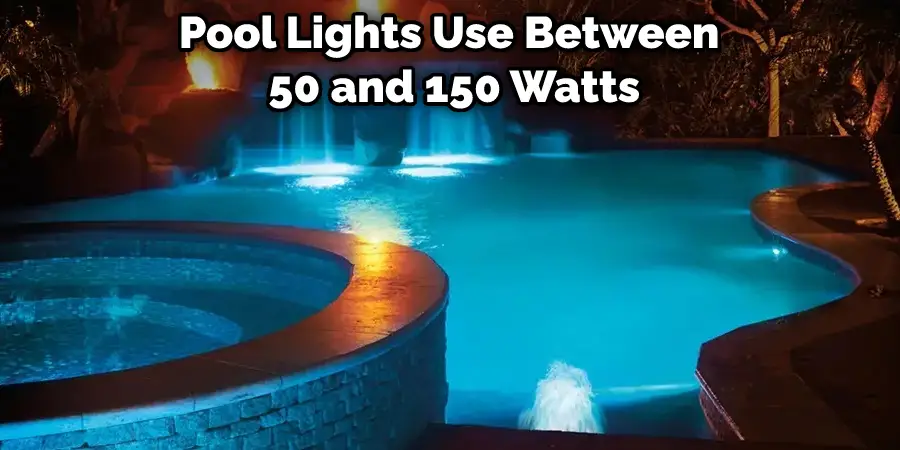
For these reasons, it is always best to use a specifically designed transformer with pool lights.
Frequently Asked Question
Is There a Reset Button for A Pool Light?
If your pool light is not working, the first thing you should check is whether there is a reset button. Many pool lights have a reset button that can be pressed to restart the light. If your pool light does not have a reset button, you will need to test the transformer to see if it is working properly.
How Long Does a Pool Light Fixture Last?
A pool light fixture will typically last for around 2,000 hours of use. If you’re not sure how long your pool light has been in use, it’s good to test it to be safe.
Can a Pool Light Electrocute You?
The answer to this question is yes; a pool light can electrocute you. This is why it is important to test your pool light transformer regularly to ensure that it functions properly and safely.

Conclusion
Testing a pool light transformer is an easy process that can be done with a multimeter. By following these simple steps, you can save yourself time and money by troubleshooting the issue yourself. Have you ever had to test a pool light transformer? What was your experience like? Thanks for reading our post about how to test a pool light transformer.